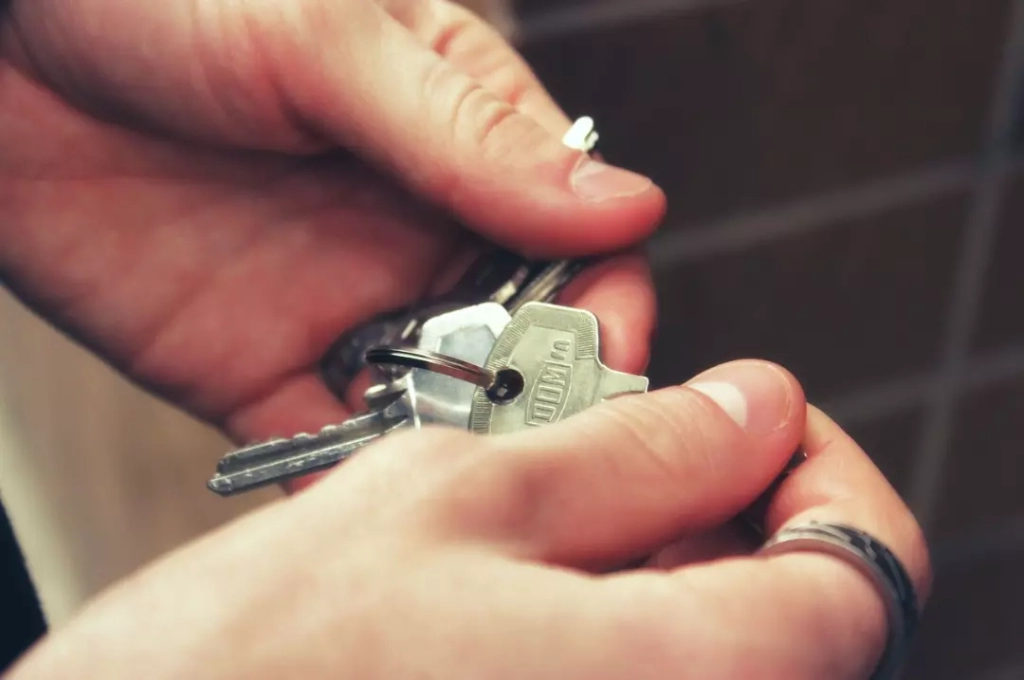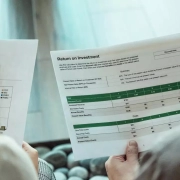How does the first home owner grant work?
Table of Contents
ToggleOwning a home is a significant milestone for many Australians, representing a symbol of stability, financial security, and the achievement of a long-held dream. However, the path to homeownership can be daunting, especially for first-time buyers navigating the complexities of the Australian property market. Fortunately, the Australian government offers a range of initiatives to assist aspiring homeowners, including the First Home Owner Grant (FHOG).
The FHOG is a one-off payment designed to provide financial support to eligible first home buyers purchasing or building their first new home in Australia. This grant can make a substantial difference in reducing the upfront costs associated with homeownership, enabling more Australians to realise their dream of owning a home.
In this blog post, we delve into the intricacies of the FHOG, providing a comprehensive guide to its eligibility criteria, application process, and utilisation. We aim to empower first home buyers with the knowledge and insights necessary to navigate the FHOG process effectively and make informed decisions about their homeownership journey.
Understanding the FHOG
The First Home Owner Grant (FHOG) is a one-off payment of up to $10,000 (the amount varies depending on the state or territory) provided to eligible first home buyers purchasing or building their first new home in Australia. The grant is intended to offset the upfront costs associated with homeownership, such as stamp duty and legal fees, making it easier for Australians to achieve their dream of owning a home.
To be eligible for the FHOG, applicants must meet specific criteria:
- Residency: They must be Australian citizens or permanent residents who have resided in Australia for at least 12 months prior to the contract date for purchasing or building their home.
- Property Eligibility: The property must be newly built, purchased off the plan, or substantially renovated. Substantially renovated means the property has undergone significant renovation work, such as structural alterations or additions, resulting in an increase in its value of at least 60%.
- Income and Asset Limits: Applicants must meet certain income and asset limits set by their respective state or territory. These limits are designed to ensure that the grant is primarily targeted towards those who genuinely need financial assistance.
Key Features of the FHOG
- The grant amount: The FHOG amount varies depending on the state or territory in which the property is located. For instance, in New South Wales, the grant amount is $10,000, while in Queensland it is $15,000.
- Application process: The application process for the FHOG is relatively straightforward. Applicants can typically apply online or through their bank or financial institution when arranging finance for their home purchase or construction.
- Minimum occupancy period: Recipients of the FHOG are required to reside in the property as their principal place of residence for a minimum period of 12 months. Selling or moving out of the property before the minimum occupancy period may result in the need to repay the grant.
Addressing Common Misconceptions
- Myth: The FHOG is available for any type of home.
- Fact: The FHOG is only available for newly built, off-the-plan, or substantially renovated properties.
- Myth: The FHOG is only available to first-time buyers purchasing a house.
- Fact: The FHOG is available for a variety of property types, including houses, townhouses, apartments, and units.
- Myth: The FHOG is automatically applied when purchasing or building a home.
- Fact: Applicants must actively apply for the FHOG to receive the grant.
Navigating the FHOG Application Process: A Step-by-Step Guide
Securing the First Home Owner Grant (FHOG) can be a significant step towards achieving your dream of homeownership in Australia. However, the application process can seem daunting, especially for first-time buyers. To simplify the process and enhance your chances of success, follow this comprehensive step-by-step guide:
Step 1: Check Eligibility
Before embarking on the application process, it’s crucial to ensure you meet the eligibility criteria for the FHOG. This involves verifying your residency, property eligibility, and income and asset limits. Refer to the specific requirements for your state or territory to confirm your eligibility.
Step 2: Gather Documentation
The FHOG application process requires supporting documentation to verify your eligibility and provide necessary information. Gather the following documents:
- Proof of residency: Passport, birth certificate, or driver’s license
- Income verification: Tax returns, pay slips, or Centrelink statements
- Asset verification: Bank statements, investment statements, or asset registers
- Property details: Contract of sale, building plans, or off-the-plan purchase agreement
Step 3: Choose an Application Method
Two primary methods are available for applying for the FHOG:
- Application through your lender: Many banks and financial institutions are approved FHOG agents. If you are obtaining a mortgage, you can authorise your lender to lodge the FHOG application on your behalf.
- Direct application: If you are not using a mortgage or your lender is not an approved agent, you can apply directly through the relevant state or territory revenue office website.
Step 4: Complete the Application Form
Regardless of the application method, you will need to complete the FHOG application form. This form typically includes personal details, property information, financial information, and declarations. Ensure all information is accurate and complete.
Step 5: Submit the Application
Once the application form is complete, attach the required supporting documentation and submit it to your lender or the relevant revenue office. Keep copies of all submitted documents for your records.
Step 6: Processing and Assessment
The processing time for FHOG applications varies depending on the state or territory. Allow several weeks for assessment. During this period, you may be contacted for further information or clarification.
Step 7: Grant Approval or Notification
Upon completion of the assessment process, you will receive notification of the grant approval or denial. If approved, the grant amount will be paid directly to you or your lender, depending on the application method.
Additional Tips for a Smooth Application Process:
- Start early: Allow ample time to gather documentation and complete the application form to avoid last-minute rush.
- Seek assistance: If you have any questions or concerns, contact your lender, financial advisor, or the relevant revenue office for guidance.
- Maintain records: Keep copies of all submitted documents for future reference.
- Be responsive: Respond promptly to any requests for information or clarification from the processing authorities.
Utilising the First Home Owner Grant (FHOG) Effectively
Receiving the First Home Owner Grant (FHOG) can provide a much-needed financial boost for aspiring homeowners in Australia. However, it’s essential to understand the proper utilisation of the grant to ensure compliance with the terms and conditions. Here’s a comprehensive guide to using the FHOG effectively:
Grant Payment and Utilisation
The FHOG is typically paid directly to the applicant or their lender, depending on the application method chosen. The grant amount is intended to offset upfront costs associated with homeownership, such as stamp duty, legal fees, and settlement charges.
Minimum Occupancy Period
Recipients of the FHOG are required to reside in the property as their principal place of residence for a minimum period of 12 months. This requirement aims to ensure that the grant is utilised for its intended purpose of promoting homeownership and stability.
Selling or Moving Out Before Minimum Occupancy
If you sell or move out of the property before the minimum occupancy period has elapsed, you may be required to repay the FHOG. This repayment obligation is in place to prevent individuals from misusing the grant for short-term financial gain rather than long-term homeownership.
Tax Considerations
The FHOG is generally not considered taxable income in Australia. However, it is advisable to consult with a tax advisor to discuss any potential tax implications related to the grant, especially in situations involving selling or moving out of the property before the minimum occupancy period.
Maximising Grant Benefits
To maximise the benefits of the FHOG, consider the following recommendations:
- Plan and budget carefully: Utilise the grant wisely to cover essential upfront costs associated with homeownership.
- Seek professional advice: Consult with a financial advisor or mortgage broker to develop a sound financial plan for your homeownership journey.
- Understand the terms and conditions: Thoroughly review the FHOG guidelines for your state or territory to avoid any compliance issues.
- Fulfill your obligations: Comply with the minimum occupancy period and promptly repay the grant if necessary.
The First Home Owner Grant (FHOG) serves as a valuable financial assistance program for aspiring homeowners in Australia. By understanding the eligibility criteria, application process, and proper utilisation guidelines, you can maximise the benefits of the grant and achieve your dream of owning a home.
The First Home Owner Grant (FHOG) stands as a cornerstone of Australian government support for aspiring homeowners, providing a financial boost to alleviate the upfront costs associated with homeownership. By carefully understanding the eligibility criteria, application process, and proper utilisation guidelines, you can effectively navigate the FHOG process and maximise its benefits.









